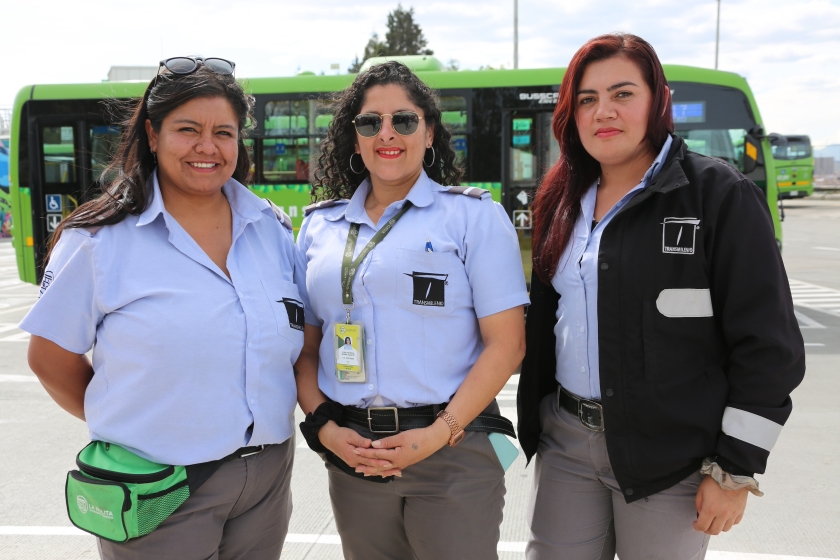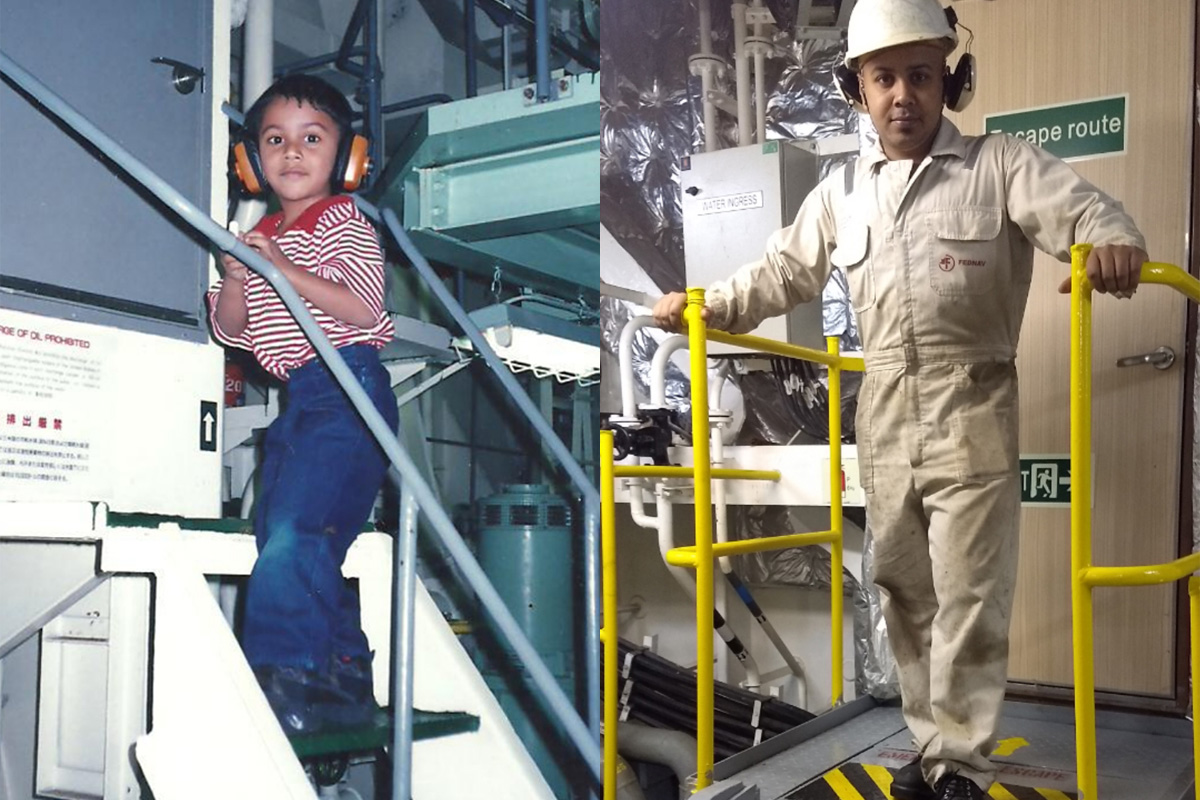The future of transportation is being shaped by climate change and breakthrough technologies, creating sustainable and efficient modes of travel. As innovations like driverless cars, electric vehicles, and space tourism emerge, understanding these advancements is crucial for shaping policies and personal choices in transportation.
The World Intellectual Property Organisation Technology Trends 2025 report on the Future of Transportation dives into the transformative changes reshaping the transportation sector.












